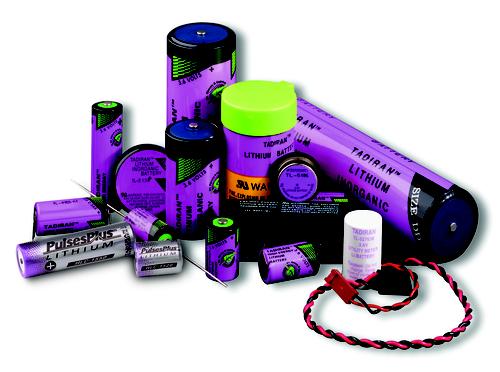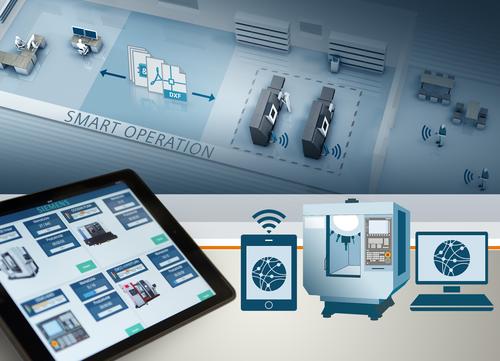Remote Machine Connectivity Means Plant Data Everywhere and Anywhere
December 3, 2015

Thanks to Internet connectivity, plant data is now free from the wire. Control engineers can monitor plant production and equipment from any location. One plant manager tracks output data in a small window on his TV while he's at home on Sunday watching football. Connectivity lets machine OEMs monitor the condition of their equipment from afar. The ultimate goal is increased output and decreased downtime. Obtaining data anytime/anywhere moves the plant closer to that goal.
One of the benefits of remote monitoring is the ability to make sure machines are running efficiently. "Common goals in the monitoring of manufacturing equipment include faster changeovers, increased factory throughput, increased product quality, and increased uptime with decreased downtime," Daymon Thompson, automation product specialist with Beckhoff Automation, told Design News. "Utilizing smart devices and systems to acquire actionable data and make the best possible decisions clears the path to achieve these goals."
The remote connectivity is also a boon to machine OEMs. Machine builders can solve problems with their equipment more efficiently if they can access machines remotely. "Remote personnel can be alerted to issues immediately. They can diagnose problems and often resolve issues in short order," Don Pham, product manager at IDEC, told us. He noted that travel costs can be cut when problems are assessed remotely, including travel to dangerous sites can be avoided. Plus, one remote person can support many machines or sites."

Grabbing the critical data
Another benefit of remote monitoring is the ability to see how well the plant is operating. Process data can include product counts and process quality. "You can use process data to determine process efficiency, schedule and forecast production, along with a variety of other uses," said Richard Clark, technical specialist at Schneider Electric Software. "Additionally, process data can be used, along with in-line product measurements to see how well manufactured parts are adhering to specifications and determine if there are any process problems prior to manufacturing bad parts."
Managing multiple processes and multiple plants is possible if you have access to manufacturing data. "If multiple facilities for a national or global manufacturer make bags of chips and one production line is down, for scheduled reasons or otherwise, having immediate access to this enterprise information enables planners to shift production to other facilities to make up for any developing shortfalls," said Thompson from Beckhoff.

As well as viewing the plant remotely, the technology is available to control the plant from a distance. "In some instances, remote connectivity allows personnel located remote from the machine to take certain actions, like acknowledging alarms or changing setpoints," said IDEC's Pham. "This remote control must be used with extreme caution for obvious reasons, so remote access for control is often limited to just a few actions, and in many cases is also limited to only certain personnel."
Machine builders watching their equipment
One of the major benefits of remote connectivity is the ability for equipment vendors to monitor their own machines. "Machine builders often also use remote access to monitor their machines installed at customer sites. This is particularly effective, since these machines are located remote from their home office, often many thousands of miles away," said Pham. "Many machine builders offer extended support to their customers after the warranty period, and remote access allows them to fulfill their support obligations in a cost-effective manner. He noted that the technology often allows OEMs to find and fix issues remotely, avoiding the time and expense of traveling to the site.
About the Author(s)
You May Also Like


.jpg?width=300&auto=webp&quality=80&disable=upscale)


